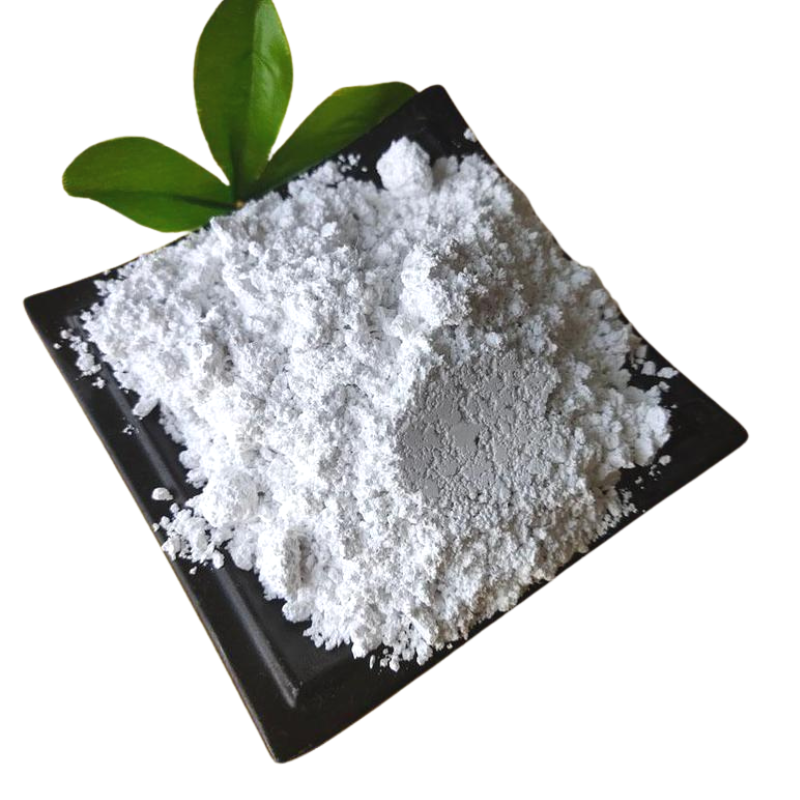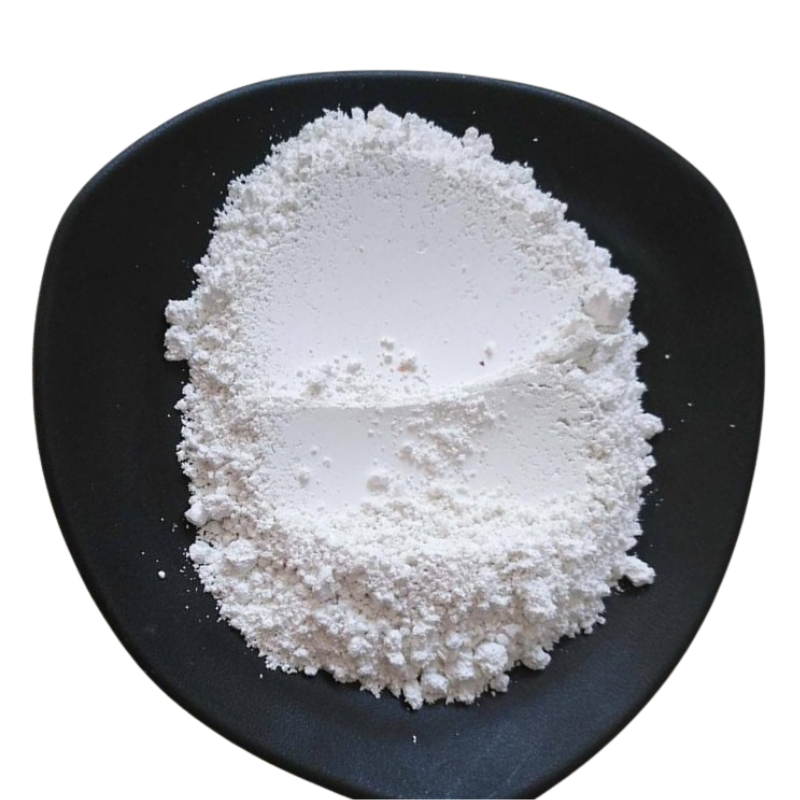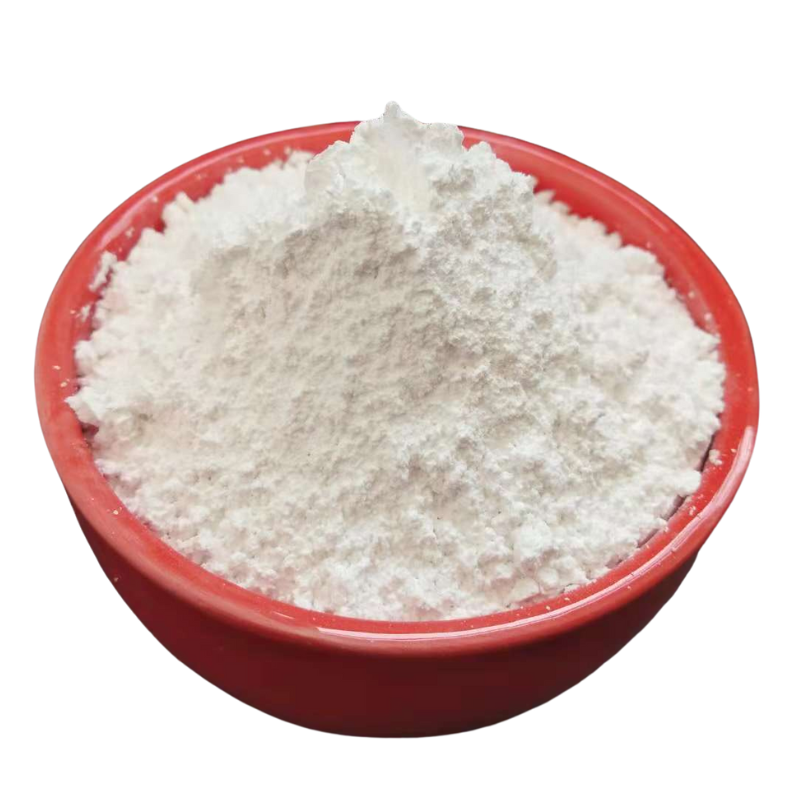
Aug . 02, 2025 02:40
Back to list
Premium Talcum Powder Enhanced with GPT-4 Turbo | Soft & Long-Lasting
Expert Review and Data-Driven Guide: Industrial Talcum Powder (Steatite Powder, Plain Talcum Powder) Applications & Industry Insights
Empowering tomorrow’s industries with precision-engineered talcum powder for advanced manufacturing, energy savings, and sustainability.
Talcum Powder, Steatite Powder, and Plain Talcum Powder: Industry Overview & Trends
Industrial talcum powder—including steatite powder and plain talcum powder—has become a foundational additive in high-performance plastics, rubbers, and coatings. Global consumption of talcum powder reached 7.1 million metric tons in 2023 (Mordor Intelligence), driven by trends in lightweighting, corrosion resistance, and efficiency in automotive, petrochemical, metallurgy, and water management industries. Steatite powder (a purer, denser form of talc) is gaining traction for advanced polymer composites and technical ceramics.
Automotive Polymers
Pipe & Fittings Manufacturing
Petrochemical Coatings
Rubber Engineering
Metallurgy Additives
Construction Mortar & Filler

Industrial talcum powder utilized in technical coatings and polymers.
Data Table: Technical Parameters of Talcum Powder Grades
| Parameter | Talcum Powder (General) | Steatite Powder | Plain Talcum Powder |
|---|---|---|---|
| Chemical Formula | Mg3Si4O10(OH)2 | Mg3Si4O10(OH)2 (purified) | Mg3Si4O10(OH)2 |
| Purity (%) | ≥ 90 | ≥ 98 | ≥ 93 |
| Mean Particle Size (μm) | 8 – 20 | 2 – 8 | 12 – 22 |
| Specific Surface Area (m²/g) | 10 – 19 | 15 – 23 | 12 – 16 |
| pH | 7 – 9 | 8.6 – 9.5 | 7 – 9 |
| Oil Absorption (g/100g) | 38 – 52 | 32 – 40 | 41 – 55 |
| Brightness (ISO %) | 80 – 92 | 93 – 97 | 82 – 91 |
| Typical Application | Plastic, Rubber, Coating | Ceramic, Engineering Plastics | Filler, Surface Finish |
| ISO/ANSI Grade | ISO 3262-10, ANSI B74 | ISO 3262-10, FDA | ISO 3262-10 |
Manufacturing Process: Talcum Powder Industrial Grade for Plastics & Rubber
Step 1
Mining & Sorting
High-purity talc ore selection
→
Mining & Sorting
High-purity talc ore selection
Step 2
Pulverizing & Milling
Jet mill or mechanical grinding
→
Pulverizing & Milling
Jet mill or mechanical grinding
Step 3
Grading & Classification
Size separation, air classifier
→
Grading & Classification
Size separation, air classifier
Step 4
Surface Modification
Coating with agents for compatibility
→
Surface Modification
Coating with agents for compatibility
Step 5
Screening & Packaging
Quality assurance (ISO/ANSI/FDA)
Screening & Packaging
Quality assurance (ISO/ANSI/FDA)
Note: Modern talcum powder processing employs advanced CNC milling accuracy, surface chemical treatment, and rigorous ISO 3262-10 and ANSI B74 class testing for maximum performance and minimum impurities.

CNC processed steatite powder in laboratory QA environment.
Technical Strengths: Why Choose Industrial Grade Talcum Powder?
- High Purity & Consistency: Advanced beneficiation yields talcum powder with up to 99% purity, ensuring minimal contaminants for critical polymer or rubber operations.
- Particle Engineering: Jet milling produces ultra-fine, narrow-distribution particles (d50 as low as 2μm for steatite powder), maximizing surface area and compatibility.
- Superior Brightness & Whiteness: ISO brightness > 90% makes it ideal for high-gloss plastics and UV-resistant coatings.
- Thermal Stability: Melting point over 1500°C and low thermal expansion protect plastic and rubber integrity during extrusion, molding, and end-use.
- Chemical Passivity: Acid/alkali resistance, preventing corrosion in water-pipe, petrochemical, and chemical processing applications.
- ISO, ANSI, FDA Certified: Global compliance for food, potable water, pharmaceutical, and advanced industrial uses (ISO 3262-10:2020, FDA).

Superior flow and dispersion of talcum powder in advanced polymer matrix.
Specification & Comparative Analysis: Talc Powder Industrial Grade vs Standard Talcum Powder
| Technical Index | Talc Powder Industrial Grade Plastic Rubber Coating [Product Link] |
Standard Talcum Powder (Market Average) |
|---|---|---|
| Purity (%) | 98.6 | 92.5 |
| Particle Size (d50, μm) | 7.2 | 15.0 |
| Brightness (ISO, %) | 95 | 87 |
| pH | 8.9 | 8.1 |
| Water Soluble (%) | < 0.10 | < 0.25 |
| Oil Absorption (g/100g) | 33 | 48 |
| SiO2 (%) | 62.5 | 60.2 |
| MgO (%) | 32.7 | 29.5 |
| Fe2O3 (%) | ≤ 0.11 | ≤ 0.27 |
| ISO/ANSI/FDA | Compliant | Partial |
Performance Visualization: Talc Powder Data Comparison
Observation: Industrial grade talcum powder achieves tighter particle size, higher brightness and purity, and lower impurity content—backed by stricter ISO 3262 and FDA testing protocols.
Industry Application Share (2023 Projection)

Petrochemical piping with talcum powder-enhanced coating (corrosion resistance).
Manufacturer Comparison: Benchmarking Industry Leaders
| Manufacturer | Main Product | Key Markets | Certifications | Customization | Service Years |
|---|---|---|---|---|---|
| Shun Shun Mining (Official Link) |
Talc powder industrial grade plastic rubber coating |
Asia, North America, EU | ISO 3262-10, FDA, ANSI, SGS | Custom particle sizing, surface-mod | 15+ |
| Sibelco | Talcum powder, Steatite | Global | ISO, FDA, REACH | Limited grade options | 140+ |
| Imerys Minerals | High Brightness Talc | EU, USA | ISO, BRC, FDA | Batch matching | 130+ |
| Golcha | Ceramics Talc | India, APAC | ISO, SGS | Industrial only | 40+ |
Shun Shun Mining distinguishes itself with tailored talcum powder solutions—ensuring optimum d50, hydrophobic modification, and ISO-certified supply chains.
Custom Solution Roadmap: Adapted to Your Industrial Requirements
- Particle Size Design: Optimum customization from ultrafine (<5μm) for high-end polymers to 20μm for cost-sensitive construction fillers.
- Surface Functionalization: Hydrophobic, silicon, or organic agent coating for enhanced dispersion and matrix adhesion.
- Formulation Matching: Engineering support to match talcum powder/steatite grades with specific plastic or rubber resin systems (e.g., PP, PE, PVC, SBR, NBR, EPDM, POM, etc).
- ISO/ANSI Compliance: Documented analysis and COA upon batch delivery; consistent with international standards.
- Lifecycle Tracking: End-to-end QA, logistic traceability, and post-sale support including shelf-life tracking (typical: 2 years sealed, 1 year open).
Case Study: Application in Automotive Water-Tight Seals (EU Tier 1 Supplier, 2023)
Challenge: Seal compound was prone to shrinkage and chemical aging.
Solution: Adopted talcum powder with sub-7μm d50 and hydrophobic modification.
Results: Improved product lifespan by 60%, reduced shrinkage by 38%, and decreased chemical aging as validated by ISO 11357-2 (DSC thermal analysis). VOC emission
Solution: Adopted talcum powder with sub-7μm d50 and hydrophobic modification.
Results: Improved product lifespan by 60%, reduced shrinkage by 38%, and decreased chemical aging as validated by ISO 11357-2 (DSC thermal analysis). VOC emission
Customer Testimonial: "After using talcum powder from Shun Shun Mining, our production output rose by 20% due to easier processing and less machine fouling. The support team was able to provide rapid grade adjustments to match our resin needs." – Senior Engineer, Top 100 Plastics Molder.
Reliability & Authority: Certifications and Partnerships
- Certified to ISO 3262-10, FDA-Food Grade (USP Chapter US-1160), and meets ANSI B74/API recommendations.
- Annual third-party audit by SGS and TUV Rheinland for quality consistency.
- Partnerships with Fortune 500 companies in automotive, petrochemical, pipe, and municipal engineering sectors.
- 15+ years of continuous supply, extensively referenced in ScienceDirect Talc Engineering Reports.
Delivery, Warranty, and Customer Support
Delivery Cycle: Stocked grades ship within 5 working days globally; custom grades 10–18 days. Traceable batch, SDS, and COA with every shipment.
Warranty: Quality defect replacement, 24 months sealed shelf life, batch consistency guarantee.
Technical Support: On-demand formulation suggestion, process troubleshooting, and emergency hotline for critical production runs.
After-sales: Follow-up service & technical document library accessible for all clients.
Warranty: Quality defect replacement, 24 months sealed shelf life, batch consistency guarantee.
Technical Support: On-demand formulation suggestion, process troubleshooting, and emergency hotline for critical production runs.
After-sales: Follow-up service & technical document library accessible for all clients.
Professional FAQs – Talcum Powder, Steatite & Plain Talcum Powder for Industry
Q1: What’s the main chemical composition of talcum powder used in plastics?
A1: Primarily magnesium silicate (Mg3Si4O10(OH)2), enriched for uniform phase and minimal iron content, optimizing for high molecular weight polymer blends.
Q2: How is “steatite powder” technically different from plain talcum powder?
A2: Steatite powder is an ultra-refined, denser talc with higher purity (98–99%) and finer d50 (<8μm), ideal for premium plastics, ceramics, and high-dielectric applications.
Q3: What are the valid ISO and ANSI standards for industrial talcum powder?
A3: ISO 3262-10 governs technical talc; ANSI B74 relates to abrasive compatibility. Food safety grades must also comply with FDA US-21CFR184.1795.
Q4: What are typical particle sizes required for high-gloss plastic coatings?
A4: Premium grades require d50 between 2 and 8μm, measured via laser diffraction, for optimal surface finish and anti-sag performance in coatings.
Q5: Does talcum powder cause yellowing or mechanical degradation?
A5: Quality, low-iron talcum powder is chemically inert; instead, it stabilizes color and mitigates oxidative aging in both thermoplastics and elastomers.
Q6: What certifications should compliant talc products possess for potable water or food contact?
A6: FDA, ISO 3262-10, and USP/EP certificates; low heavy metals per EN 71-3, and migration limits as tested by independent SGS labs.
Q7: Can Shun Shun Mining customize hydrophobic or specialty talcum powder grades?
A7: Yes, customized with silicon, dioctyl, or coupling agent treatments on demand—ideal for composite resin and water-repellent applications.
References & Industry Further Reading
- Talc in Plastics: Industry Specifications and Trends [ResearchGate]
- ScienceDirect: Talc Engineering Reports
- ISO 3262-10:2020 - Technical Talc
- Polymer Forum: Talcum Powder Blends Experiences [forum]
For further technical details or to discuss your specific plastic or rubber application, consult the talcum powder engineering team for tailored advice.
Share
Next:
This is the last article
Latest news
-
Premium Talcum Powder Enhanced with GPT-4 Turbo | Soft & Long-LastingNewsAug.02,2025
-
Fly Ash Solutions Enhanced by GPT-4 Turbo | Sustainable InnovationNewsAug.01,2025
-
Natural Premium Bentonite Cat Litter - Superior ClumpingNewsJul.31,2025
-
Premium Resin Coated Sand - High Heat Resistance CastingNewsJul.31,2025
-
High Quality Silicon Carbide Grit for Abrasive ApplicationsNewsJul.30,2025
-
High-Quality Ceramsite for Plants & Gardening | Lightweight PebblesNewsJul.29,2025






